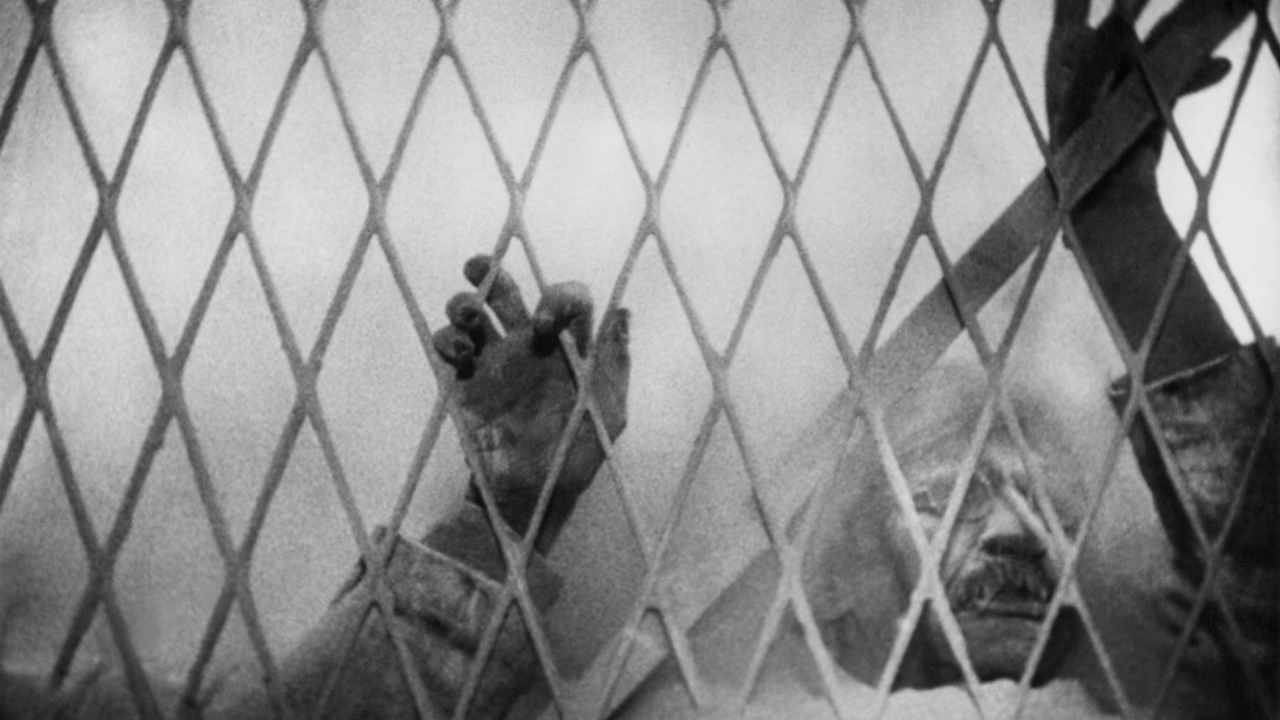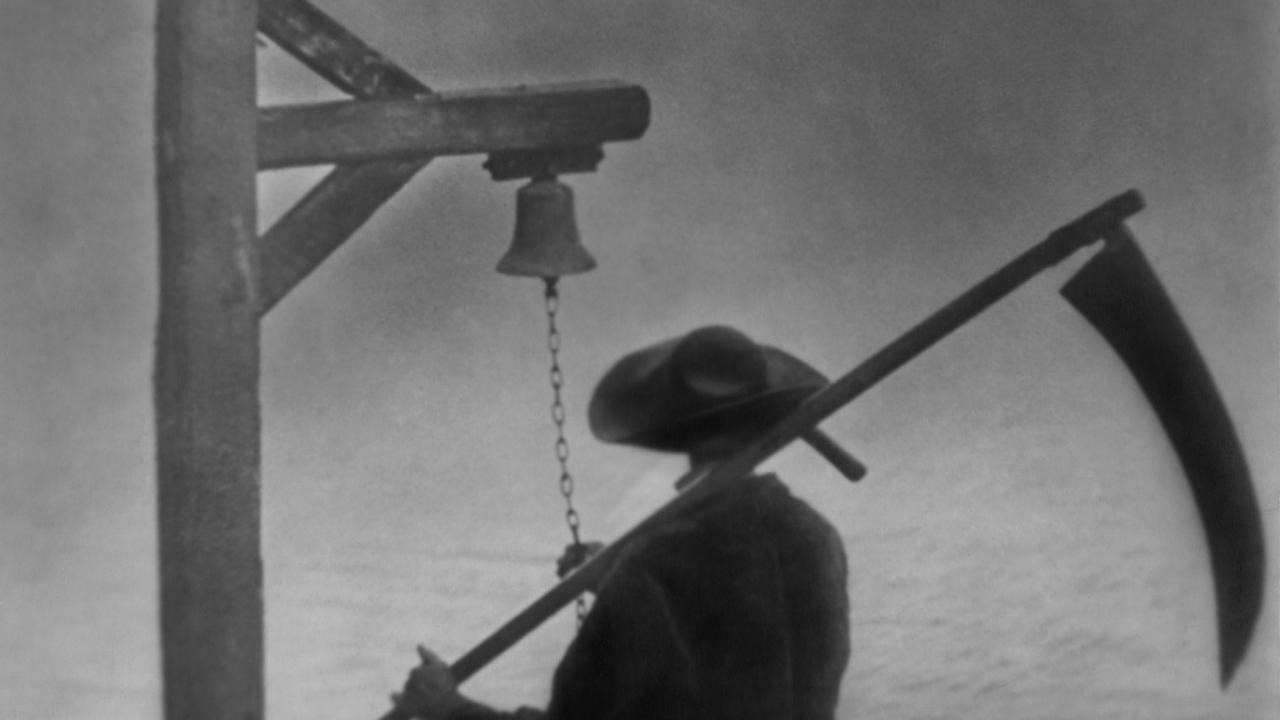Vampyr

With Vampyr, Danish filmmaker Carl Theodor Dreyer channeled his genius for creating mesmerizing atmosphere and austere, unsettling imagery into the horror genre. The result—a chilling film about a student of the occult who encounters supernatural haunts and local evildoers in a village outside of Paris—is nearly unclassifiable. A host of stunning camera and editing tricks and densely layered sounds create a mood of dreamlike terror. With its roiling fogs, ominous scythes, and foreboding echoes, Vampyr is one of cinema’s great nightmares.
BLU-RAY SPECIAL EDITION FEATURES
- High-definition digital transfer of the original German-language version of the film from the 1998 restoration by Martin Koerber and the Cineteca di Bologna, with uncompressed monaural soundtrack
- Alternate version with English text
- Audio commentary from 2008 featuring film scholar Tony Rayns
- Carl Th. Dreyer, a 1966 documentary by Jørgen Roos chronicling Dreyer’s career
- Video essay by scholar Casper Tybjerg on Dreyer’s influences in creating Vampyr
- Radio broadcast from 1958 of Dreyer reading an essay about filmmaking
- PLUS: An essay by critic Mark Le Fanu and an essay by Kim Newman; a piece by Koerber on the restoration; a 1964 interview with producer and actor Nicolas de Gunzburg; Dreyer and Christen Jul’s original screenplay and Sheridan Le Fanu’s 1872 story “Carmilla,” a source for the film
Cover by Michael Boland
BLU-RAY SPECIAL EDITION FEATURES
- High-definition digital transfer of the original German-language version of the film from the 1998 restoration by Martin Koerber and the Cineteca di Bologna, with uncompressed monaural soundtrack
- Alternate version with English text
- Audio commentary from 2008 featuring film scholar Tony Rayns
- Carl Th. Dreyer, a 1966 documentary by Jørgen Roos chronicling Dreyer’s career
- Video essay by scholar Casper Tybjerg on Dreyer’s influences in creating Vampyr
- Radio broadcast from 1958 of Dreyer reading an essay about filmmaking
- PLUS: An essay by critic Mark Le Fanu and an essay by Kim Newman; a piece by Koerber on the restoration; a 1964 interview with producer and actor Nicolas de Gunzburg; Dreyer and Christen Jul’s original screenplay and Sheridan Le Fanu’s 1872 story “Carmilla,” a source for the film
Cover by Michael Boland

Cast
- Julian West
- Allan Gray
- Maurice Schutz
- Lord of the chateau
- Rena Mandel
- Gisèle
- Sybille Schmitz
- Léone
- Jan Hieronimko
- The doctor
- Henriette Gérard
- Marguerite Chopin
- Albert Bras
- The old servant
- N. Babanini
- His wife
- Jane Mora
- The nurse
Credits
- Director
- Carl Th. Dreyer
- Screenplay
- Christen Jul
- Screenplay
- Carl Th. Dreyer
- From the book In a Glass Darkly by
- Sheridan Le Fanu
- Photography
- Rudolph Maté
- Art direction
- Hermann Warm
- Music
- Wolfgang Zeller
A scene from Vampyr



















